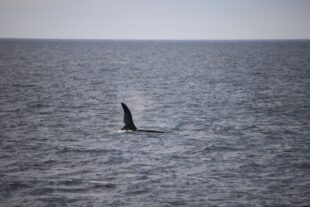
It’s safe to say that whales are always high on the list of animals that guests want to spot when out cruising. There’s something so special about these gentle giants of the ocean. In this instalment of Ted’s Top Tips we’re talking which whales you might expect to see when whale watching in Scotland. In our last post we looked specifically at dolphins and porpoises, and the differences between the two, but there are other members of the cetacean family that you might be lucky enough to encounter when on holiday with Argyll Cruising.
There are more than twenty different cetaceans that can be seen in Scottish waters, but seven species are relatively common close to our coasts and these include orca, or killer whales, humpback whales, minke whales and fin whales, all of which we’ve been fortunate enough to see.
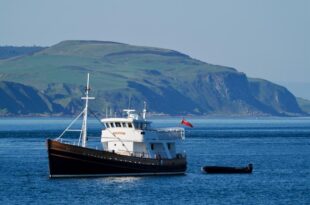
It is relatively rare to see humpbacks in British waters, but these large whales, usually ranging between 46 to 56 feet, are reportedly being spotted with increasing regularity. They have a distinctive body shape, with long pectoral fins and tubercles on their heads. They are known for breaching and other distinctive surface behaviours, making them popular with whale watchers. We actually had a humpback whale in the Clyde in Dunoon earlier this year, just up from where Argyll Cruising is based and Splendour cruises from for half the season. Unsurprisingly, it caused great excitement in the town and we were lucky enough to catch a glimpse in front of Argyll Cruising HQ. Our friends at Wreckspeditions caught some amazing footage of the whale breaching in Holy Loch.
Orca are probably one of the most distinctive species of whale, with their beautiful black and white markings. Sightings are not hugely frequent around these parts but in 2022, which was a particularly good year for whale watching in Scotland, Skipper Ted was lucky enough to see John Coe and Aquarius, orca who enjoy celebrity status around the West Coast. These two males who travel together are thought to be the only remaining members of the West Coast killer whale community. They are unique among other north eastern Atlantic populations of killer whale and can be distinguished from other groups seen off Scottish shores by their unusual sloping eye patches, larger size and distinctive tooth wear. Between February and October 2022 they were reportedly seen across a total of 33 days, with sightings ranging from the Hebrides, Northern Ireland and Ireland. Ted was out with some guests on a cruise, on their way back from Castle Bay in Barra to Tobermory, running a little late having stopped to watch common dolphins and minke whales around Hawes Bank in the Hebridean Sea, when he heard a report of killer whales in the area. When Splendour was almost level with Ardnamurchan Point they caught their first glimpse and were able to watch them for a while. With John Coe thought to be over sixty years old, making him one of the oldest known killer whales in the wild, and Aquarius not that much younger, it’s very special to have seen them and we hopefully will again.
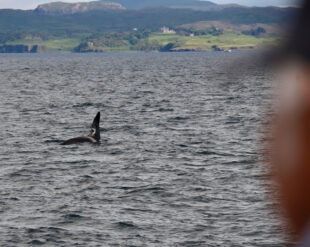
Minke whales, the second smallest baleen whales at around 35 feet, are black, grey or purplish in colour. Common minke are distinguished from other whales by a white band on each flipper. The body is usually black or dark grey on top and white underneath. They are probably the whales you are most likely to see in Scottish waters. We saw these whales a number of times last year, including during a memorable day between Colonsay and Iona, where we had a full fifteen minutes watching a group. And only the other day, during the final Corryvreckan to the Shiants cruise of the year, we spotted some more off Gometra. Check out our Instagram or Facebook page for a short video.
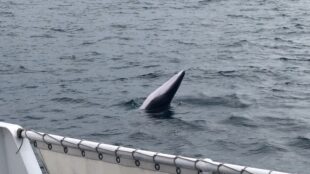
Fin whales are the second longest species of cetacean on Earth after the blue whale. The largest reportedly grow to 89.6 feet with a maximum confirmed length of 85 feet. They have long slender bodies and move very fast through the water. So far this year we haven’t seen any fin whales, but last year we had an unconfirmed but suspected sighting. We only saw it surface a couple of times, but the height of the blow, the size of the whale and a brief view of its dorsal fin all point to it being a fin.
As with all wildlife spotting, when whale watching in Scotland it’s best to take a laid-back approach, as there are never any guarantees. But if you keep your eyes peeled, you might just be in luck with so many cetaceans gracing our waters.
Happy spotting!


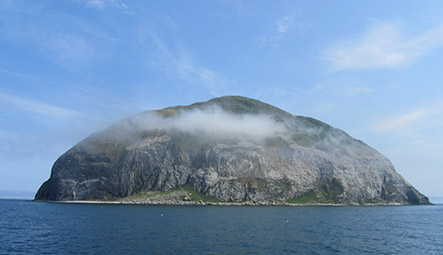
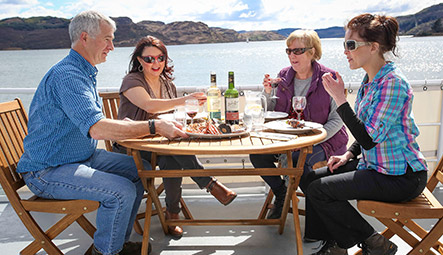
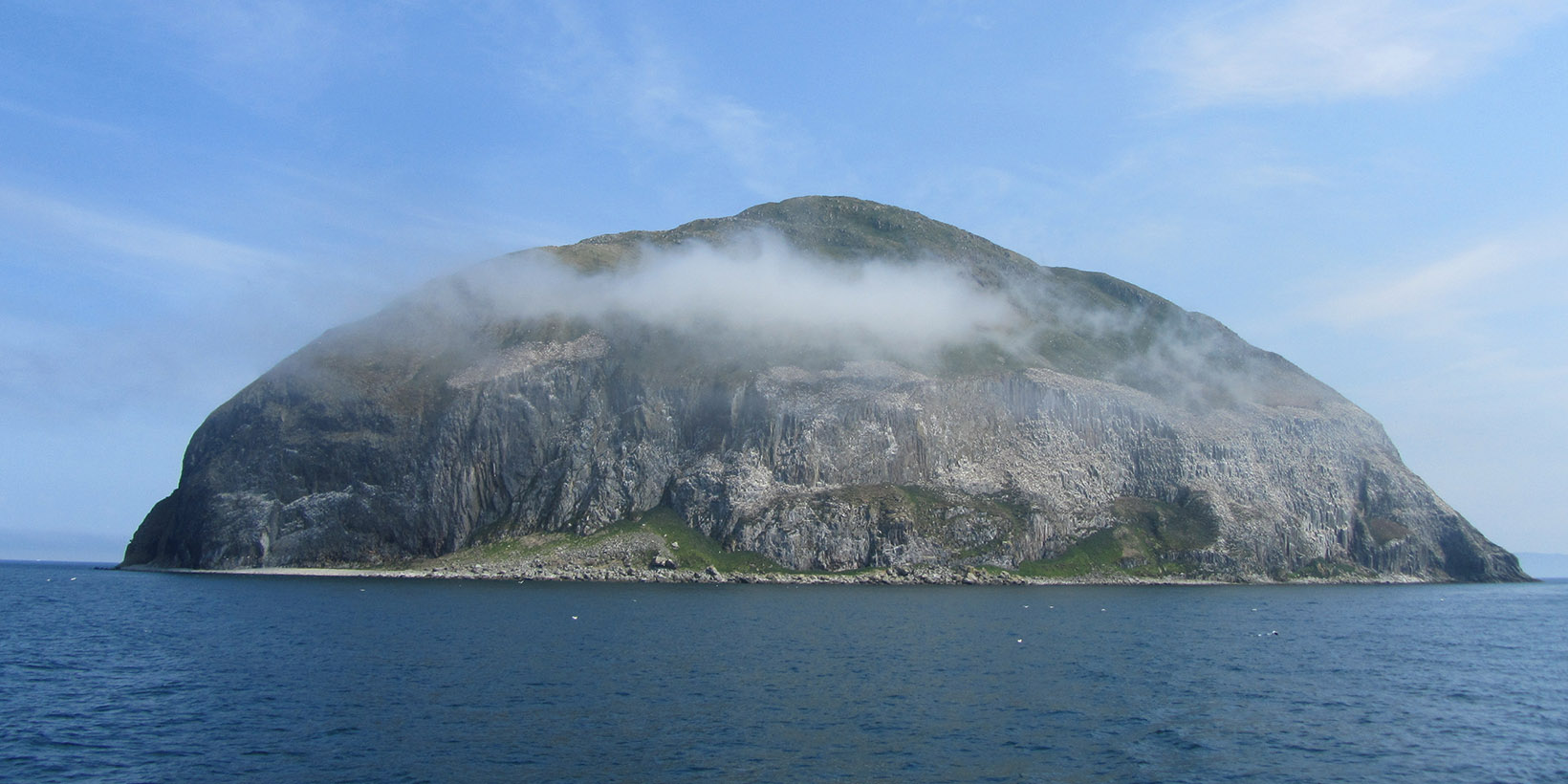
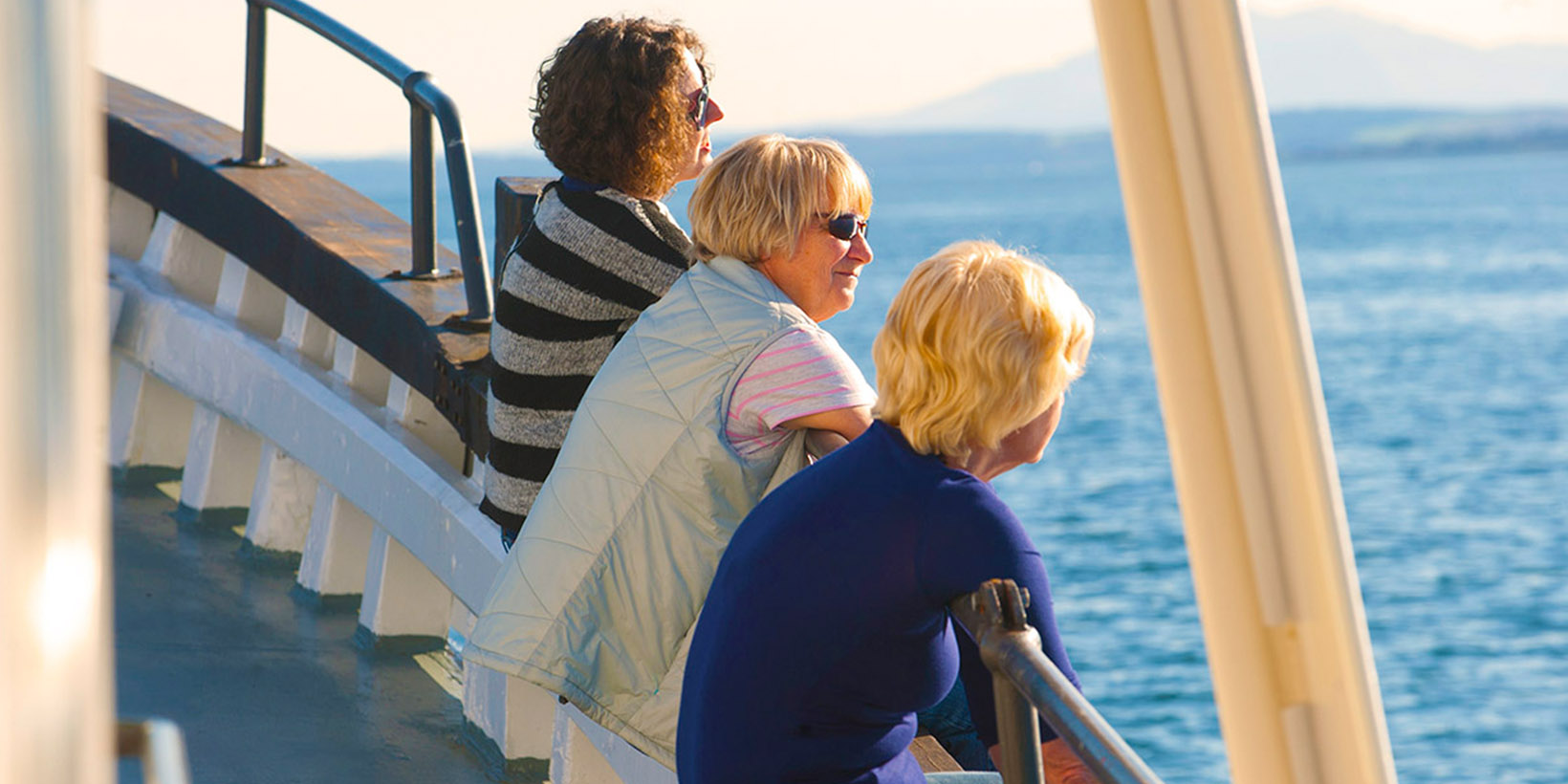

“Lovely trip with perfect weather and great company. Thanks to Ted and Iggy.” Gail and Paul
Arran and Ailsa Craig Wildlife Explorer | April 2022
“One of my very favourite adventures.” Ron Domin
Private charter | May 2023
“Thank you for a brilliant holiday. I loved every bit about it. Food was fantastic. I’ll be back.” Brigitte Jones
Kyles and the Isles | April 2023
“Everything we’d hoped for and more. We so enjoyed the walks, food, company, scenery and laughter.” Denise and Allan
Inlets and Islands of Wild Argyll | May 2022
“Thank you for a wonderful trip and for taking us to fabulous places. Food was excellent.” Paul and Christine Edwards
Arran and Ailsa Craig Wildlife Explorer | April 2023